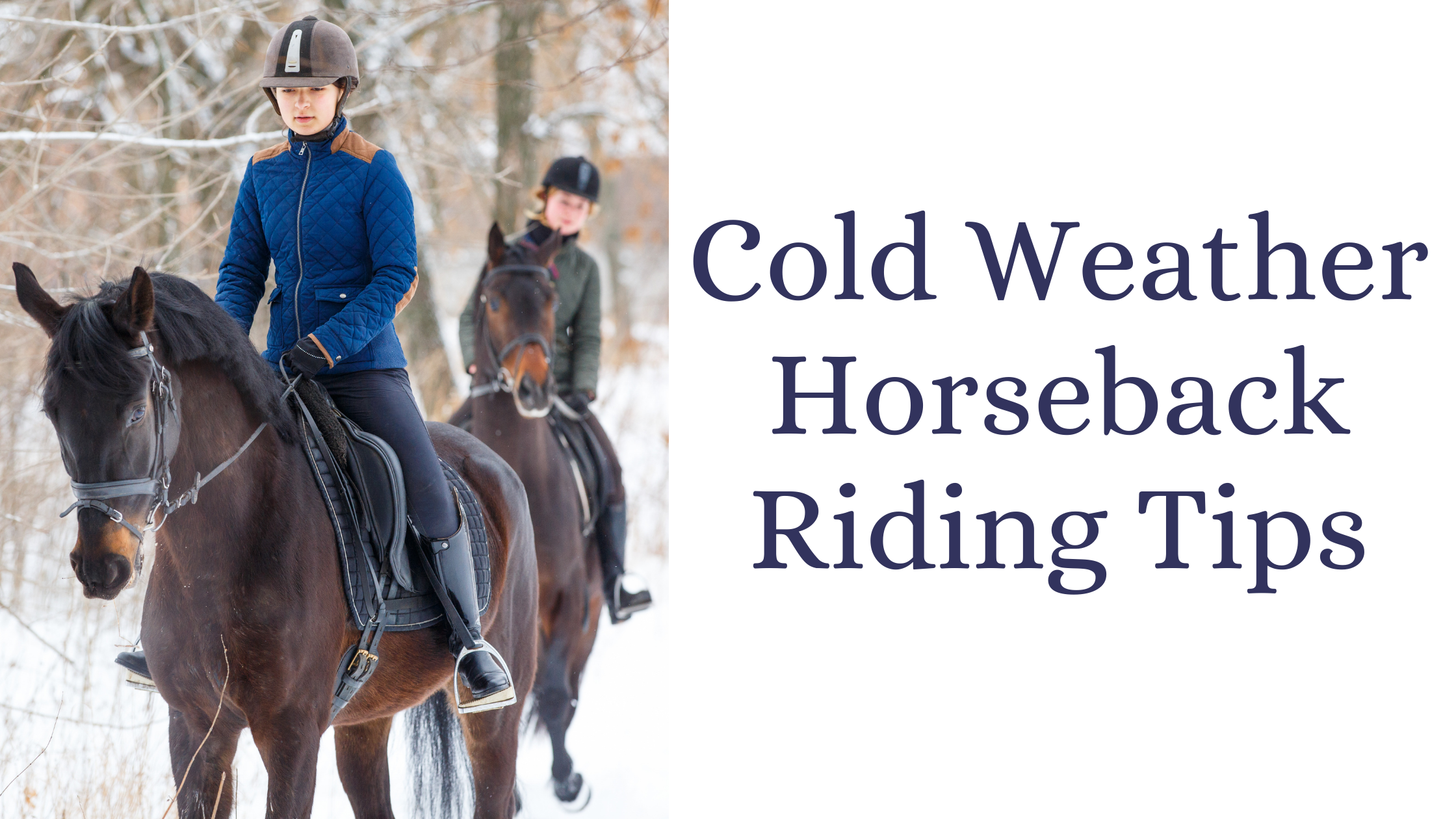Have you ever wondered how to prepare for horseback riding in different weather conditions? Whether it’s a scorching hot day or a chilly winter morning, knowing how to adapt to the weather can make a big difference in your riding experience. In this article, we’ll explore some useful tips for horseback riding in various weather conditions, so you can be prepared and enjoy your ride to the fullest.
First, let’s talk about riding in hot weather. It’s important to keep both you and your horse hydrated, so make sure to bring plenty of water. Wearing lightweight and breathable clothing can help you stay cool, and don’t forget to apply sunscreen to protect your skin from the sun’s harmful rays. As for your horse, try to schedule your rides early in the morning or late in the evening when the temperatures are cooler. Monitoring their water intake and providing shade during breaks can also help prevent heat-related issues.
When it comes to riding in cold weather, layering is key. Dress in warm and insulating clothing while allowing enough flexibility for movement. Don’t forget to wear gloves and a hat to protect your extremities. Your horse will appreciate a warm blanket or sheet to keep them cozy during the ride. You should also ensure that the horse’s hooves are properly maintained, as icy or snowy conditions can make them slippery. By taking these precautions, you can still enjoy horseback riding even in winter weather. If you want to learn more about how to adapt to different weather conditions while horseback riding, stay tuned for our upcoming blog post on horsebackridingdude.com!
Tips for Horseback Riding in Different Weather Conditions
Horseback riding is always an exhilarating experience, but it’s essential to consider the weather conditions before saddling up. Whether you’re riding in sunny, rainy, windy, cold, hot, snowy, foggy, thunderstormy, hailstormy, tornado-prone, dust stormy, or heatwave conditions, taking the necessary precautions will ensure a safe and enjoyable ride. In this article, we will provide you with valuable tips for horseback riding in various weather conditions.
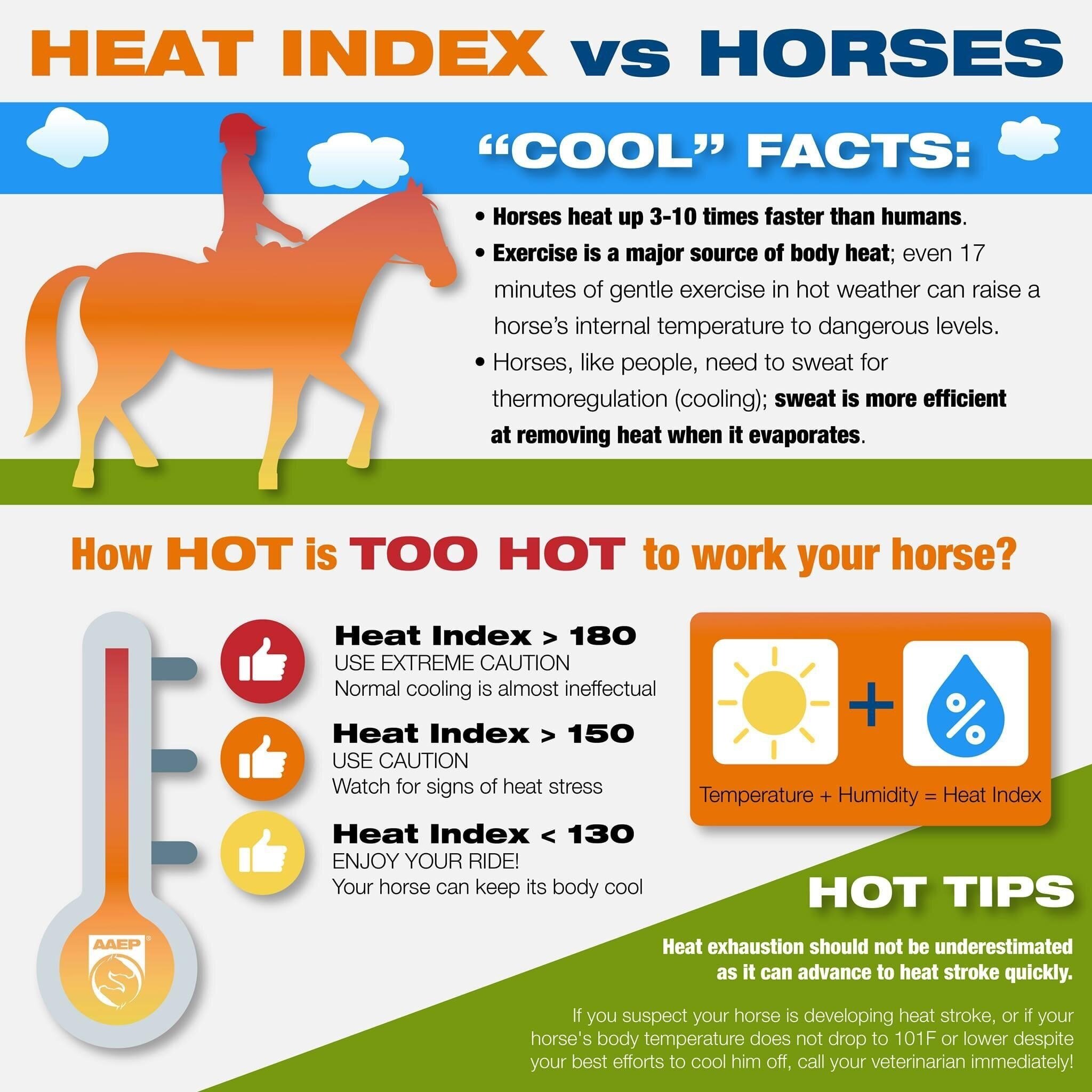
Tips for Horseback Riding in Sunny Weather
Protecting yourself from the sun
When horseback riding in sunny weather, protecting yourself from the harmful rays of the sun should be a top priority. Here are some tips to help you stay safe:
- Wear a wide-brimmed hat to shield your face and neck from direct sunlight.
- Apply sunscreen with a high SPF to exposed skin, including your arms and legs.
- Don’t forget to protect your eyes by wearing sunglasses that provide UV protection.
- Consider using a neck gaiter or scarf to protect your neck from excessive sun exposure.
Choosing the right clothing and accessories
Wearing suitable clothing and accessories is crucial for staying comfortable during your ride:
- Opt for lightweight, breathable fabrics that allow for airflow but still provide coverage.
- Choose long-sleeved shirts and pants to minimize direct sun exposure.
- Wear riding boots or shoes with good traction to prevent slipping in the stirrups.
Staying hydrated during your ride
Sunny weather can lead to dehydration, especially during physical activities like horseback riding. Stay hydrated by following these tips:
- Carry a water bottle and sip on it frequently throughout your ride.
- Pack electrolyte-rich drinks to replenish the minerals lost through sweat.
- Take regular breaks in shaded areas to cool down and drink water.
Tips for Horseback Riding in Rainy Weather
Wearing appropriate rain gear
When faced with rainy weather, having the right rain gear is essential to stay dry and comfortable:
- Invest in a waterproof, breathable riding jacket to protect yourself from the rain.
- Wear waterproof riding boots or consider adding waterproof covers to your regular riding boots.
- Don’t forget to wear waterproof pants or chaps to keep your legs dry.
Taking precautions for slippery terrain
Rain can make the ground slippery, increasing the risk of accidents. Follow these tips to stay safe:
- Reduce your horse’s speed and be cautious when riding on wet or muddy surfaces.
- Avoid steep inclines or uneven terrain that can be more treacherous when wet.
- Adjust your horse’s shoes or consider using studs for better traction in slippery conditions.
Maintaining visibility and avoiding distractions
In rainy weather, visibility may be reduced, so take extra precautions to ensure your safety:
- Wear a wide-brimmed hat or a rain cover that keeps raindrops off your face and improves visibility.
- Use bright-colored or reflective gear to increase your visibility to other riders and vehicles.
- Stay focused on the trail and avoid distractions like using your phone or listening to music.
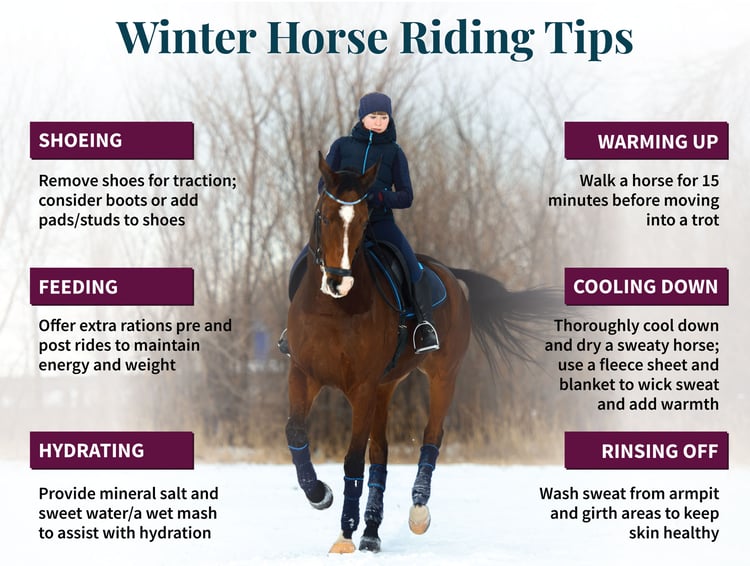
Tips for Horseback Riding in Windy Weather
Securing loose items and clothing
When riding in windy conditions, it’s crucial to secure loose items to prevent accidents or distractions:
- Tie up long hair or secure it under a riding cap to prevent it from obstructing your vision.
- Avoid wearing loose scarves or clothing that might get tangled or flap in the wind.
- Secure any loose items on your saddle or in your saddlebags to prevent them from flying away.
Maintaining proper balance and posture
Strong gusts of wind can affect your balance on the saddle. Follow these tips to maintain stability:
- Keep a deep seat and engage your core muscles to maintain a stable position.
- Adjust your body position to counterbalance the force of the wind.
- Use your reins and legs to communicate with your horse and maintain control.
Adjusting your riding pace
In windy weather, it’s important to adapt your riding pace to ensure both your and your horse’s safety:
- Slow down and be cautious when riding against the wind, as it may affect your horse’s breathing.
- Stay alert and be prepared for sudden gusts that may startle your horse.
- Consider shortening your ride if the wind becomes too strong or dangerous.
Tips for Horseback Riding in Cold Weather
Dressing in layers for warmth
Keeping warm in cold weather is essential to prevent discomfort and hypothermia. Follow these clothing tips:
- Layer your clothing to trap warm air between each layer. Start with a moisture-wicking base layer.
- Wear a fleece or insulated jacket for added insulation against the cold.
- Consider wearing thermal riding tights or long johns under your regular riding pants.
Protecting your extremities and ears
Cold weather can take a toll on your extremities, so pay attention to these areas:
- Wear insulated riding gloves or mittens to protect your hands and maintain dexterity.
- Consider wearing thermal riding socks to keep your feet warm in the stirrups.
- Don’t forget to wear a warm hat or headband to protect your ears from frostbite.
Keeping your horse warm and comfortable
Your horse’s well-being is equally important in cold weather. Here’s how you can ensure their comfort:
- Use a horse blanket or rug to provide extra warmth, especially after body clipping.
- Warm up your horse before riding by hand-walking or performing light exercises.
- Allow your horse to drink lukewarm water to keep their body temperature regulated.
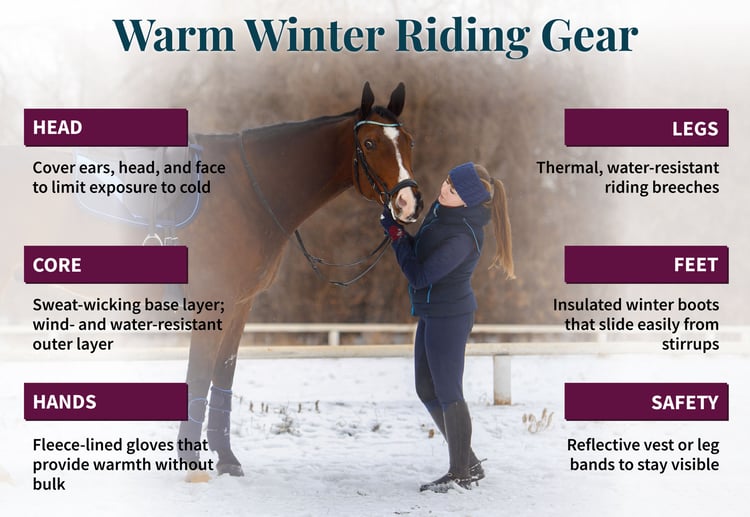
Tips for Horseback Riding in Hot Weather
Adjusting your ride schedule
In hot weather, it’s crucial to plan your rides during cooler parts of the day. Consider these tips:
- Ride early in the morning or in the evening when temperatures are lower.
- Avoid riding during the hottest hours of the day, usually between 10 a.m. and 4 p.m.
- Check weather forecasts and consider rescheduling rides if extreme heat is expected.
Using cooling aids for your horse
Hot weather can be challenging for your horse, so help them cool down with these tips:
- Offer your horse ample opportunities to drink water during breaks.
- Use cooling blankets or towels soaked in water to help lower your horse’s body temperature.
- Consider applying horse-safe cooling gels or sprays to their legs and body.
Taking breaks and finding shade
In hot weather, it’s essential to take frequent breaks and find shaded areas to prevent heat exhaustion:
- Take regular rest breaks in shaded areas to allow your horse to rest and cool down.
- Carry a small portable shade or umbrella to provide additional shade during breaks.
- Monitor your horse for signs of heat stress, such as excessive sweating or rapid breathing.
Tips for Horseback Riding in Snow
Using appropriate snow safety equipment
Riding in snowy conditions requires additional equipment and precautions to ensure safety:
- Use horseshoe studs or snow pads to provide better traction for your horse.
- Consider wearing snowshoes or attaching crampons to your riding boots for better grip on the ground.
- Carry a snow shovel in case you need to clear paths or dig your horse out of deep snow.
Keeping your horse safe from snow-related hazards
Snow can introduce various hazards, so follow these tips to protect your horse:
- Be cautious of hidden obstacles, such as fallen branches or rocks, concealed under the snow.
- Avoid riding near frozen bodies of water, as ice thickness may be unpredictable.
- Regularly check and clean your horse’s hooves to prevent snowballs from accumulating.
Navigating snowy trails with caution
When riding on snowy trails, exercise caution to avoid accidents or injuries:
- Reduce your speed and maintain a safe distance from other riders.
- Give your horse plenty of breaks to rest, especially in deep snow that can be physically challenging.
- Stay aware of changing weather conditions, as snowfall can reduce visibility and make navigation difficult.
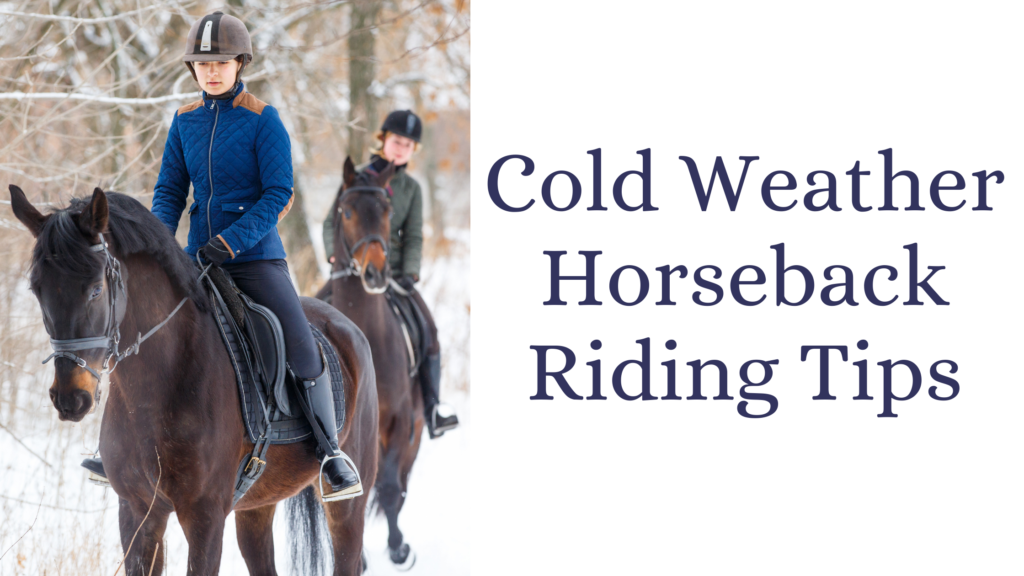
Tips for Horseback Riding in Foggy Weather
Maintaining clear communication with your horse
Foggy weather can reduce visibility, so clear communication with your horse becomes even more critical:
- Use clear voice commands or signals to communicate with your horse.
- Practice and reinforce your horse’s responsiveness to rein aids and leg aids.
- Stay calm and relaxed to prevent your horse from becoming anxious due to reduced visibility.
